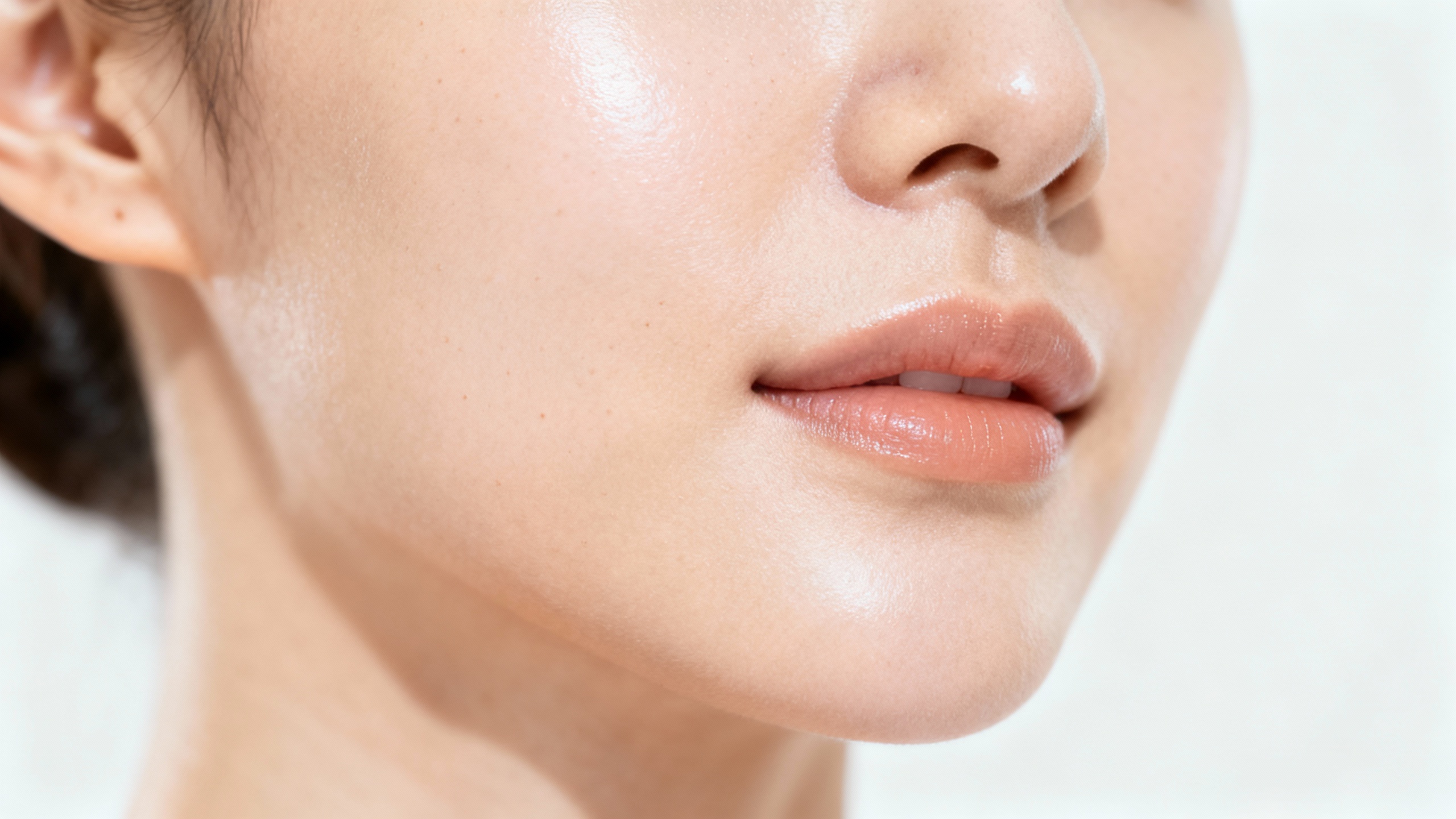Published 1 February 2025
Age Spots Basics and Skin Discoloration Insight

Why Age Spots Develop
Age spots form when long-term sun exposure and intrinsic aging push melanocytes to produce excess pigment. Within the Health & Dermatological Care landscape, they fall under Age-Related Skin Conditions and often serve as the first visible reminder of cumulative UV damage. People seeking solutions for skin discoloration benefit from understanding how ultraviolet rays and hormonal shifts encourage melanin clusters near the skin surface.
Recognizing these biological triggers helps you communicate effectively with dermatology professionals and determine whether home care, prescription therapy, or clinic procedures align with your goals for brighter, more even-toned skin.
Identifying and Assessing Lesions
Common Locations
Age spots typically appear on sun-exposed areas such as the face, hands, shoulders, and décolletage. Monitor the pattern of discoloration in these areas, noting whether new patches are perfectly flat or slightly textured. Documenting their size and symmetry speeds up dermatologist consultations.
Color and Shape Clues
Most lesions range from tan to dark brown with rounded or oval borders. Sudden changes in hue, elevated edges, or bleeding warrant immediate medical evaluation to rule out skin cancers. Maintaining a simple photo diary on your phone offers objective tracking over time.
Professional Diagnosis
Dermatologists rely on dermatoscopes and, when necessary, biopsies to differentiate age spots from seborrheic keratoses or melanoma. Prepare for appointments by listing medications, hormonal therapies, and sunscreen habits because these factors guide diagnostic reasoning and treatment planning.
Risk Factors You Can Influence
Sun Exposure Habits
Consistent broad-spectrum sunscreen use, protective clothing, and shade-seeking behavior reduce cumulative damage. Make SPF 30+ application part of the same ritual as brushing teeth so it becomes second nature.
Inflammation Control
Chronic inflammation from smoking, unchecked stress, or pollution weakens the skin barrier and accelerates discoloration. Anti-inflammatory diets rich in colorful produce and omega-3 fatty acids support more resilient skin.
Hormonal and Medication Influences
Hormone replacement therapy, certain antibiotics, and phototoxic drugs intensify pigmentation when combined with UV exposure. Discuss alternatives with your healthcare team if age spot management is a priority.
When to Pursue Targeted Care
Setting Realistic Goals
Clarify whether you seek complete spot removal or prefer to soften contrast for a more uniform complexion. Clear goals help providers recommend the most efficient combination of topical and procedural interventions.
Coordinating At-Home and Clinical Strategies
Layering antioxidant serums, retinoids, and sunscreen at home primes the skin for stronger in-office treatments like chemical peels or laser therapy. Record product reactions to avoid irritation before professional sessions.
Monitoring Results Over Time
Track progress at four- to six-week intervals. Use consistent lighting for comparison photos and keep a short journal of lifestyle upgrades. Incremental improvements accumulate, and tracking them maintains motivation throughout the coping and relief journey.